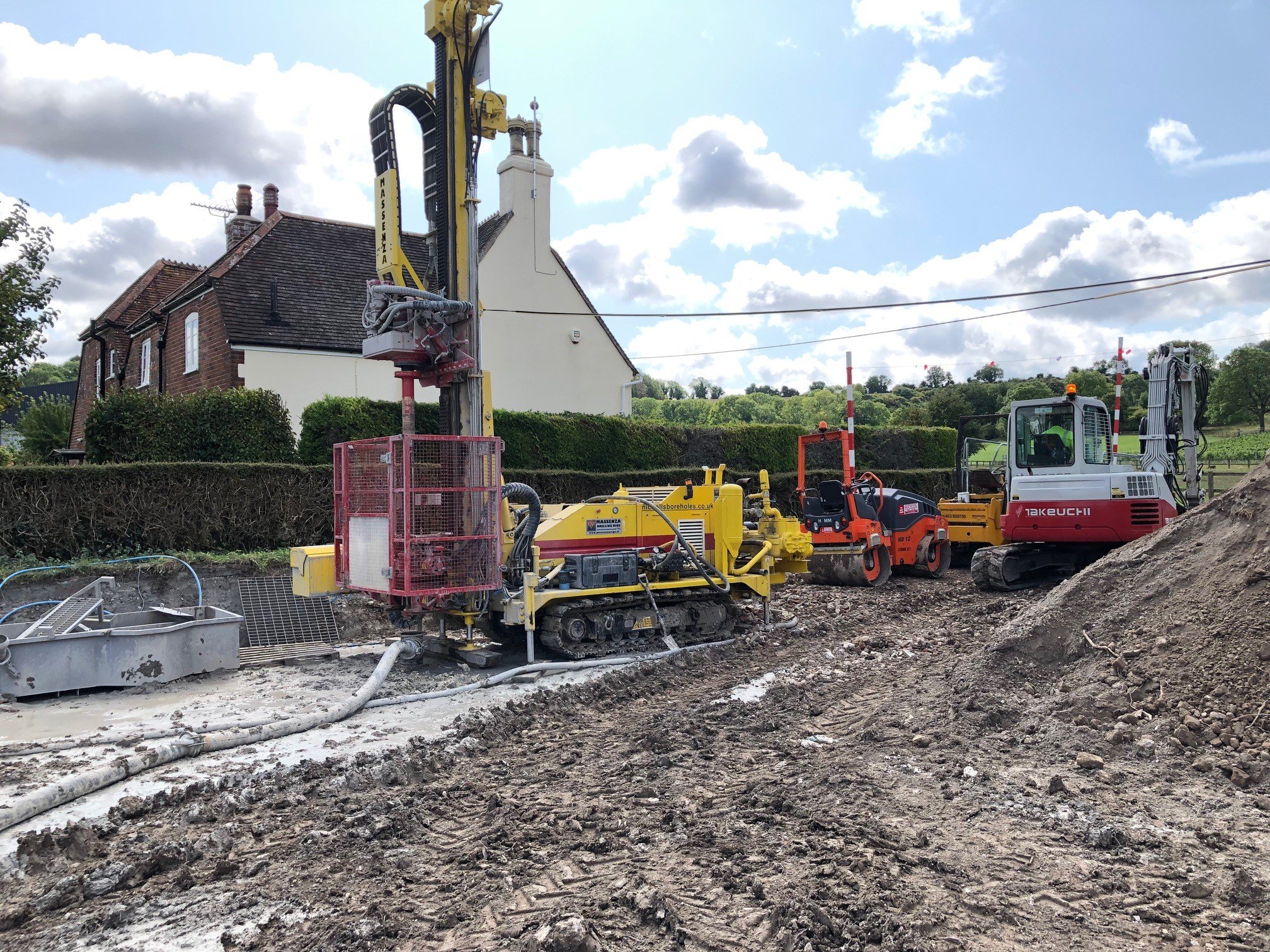When you’re building a new home, you want to make sure you’ve considered every single option. Taken advantage of every opportunity. But have you explored the use of Ground Source Heat Pumps?
Ground Source Heat Pumps (GSHP) are pipes buried beneath your garden designed to capture heat from the ground to channel straight into your home.
Sound complicated? The system and technology is actually quite simple. Plus, it can save you serious pounds if they’re done in the right way.
So how does GSHP actually work?
Your GSHP runs along a pretty fun journey on their road to *success*.
Picture it. The ground absorbs solar energy. The ground warms up. A mixture of water and antifreeze circulates around a loop of pipe. The ground heat is absorbed by this fluid. The fluid passes through a heat exchanger into a heat pump. Hey presto, introducing renewable energy to power:
- Radiators
- Underfloor heating
- Air heating systems
- Hot water
Sounds good, doesn’t it?
And unlike gas or oil boilers, GSHP systems can be used at the same level throughout the year, providing a lower (more sustainable) temperature over a longer period.
I’ve heard GSHP systems are pricey. What’s in it for me?
I hear you. And yes, installing a GSHP does require a high initial investment. However, they have the highest ROI and lowest running costs of ANY renewable energy.
What’s more, they will:
- Lower your home’s carbon emissions
- Heat both your home AND your water
- Require minimal maintenance
- Promise no more fuel deliveries
- Be reliable and long-lasting
- Give you potential further income through the Government’s Renewable Heat Incentive – you could stand to secure up to £2000 in “profit” after your energy costs if you qualify for the scheme
So whether you’re building your own dream home or a new property to put on the market, a GSHP system could improve both the quality and efficiency of your build as well as its value.
I’m intrigued. Why aren’t we all investing in this?
Sadly, GSHPs aren’t for everyone. There are a few things you need to consider before factoring it into your development.
For example, space. Have you got enough of it? Longer loops draw much more heat from the ground, but in turn require more space (note, there is the option of installing a vertical borehole if space is limited). Also, is your space accessible to machinery?
What type of ground do you have? It needs to be suitable for digging a trench or a borehole. It’s also worth considering how well your type of ground absorbs heat; did you know that clay absorbs heat more readily than sand? Take this into account before making any decisions.
How well insulated is your home? The key to running an efficient GSHP is minimising the amount of heat needed in the first place. Since the system runs on a lower temperature, you don’t want to use it within a home that has poor insulation, as the impact simply won’t be felt in the same way.
It’s therefore key to also consider what type of heating system you’re using. Underfloor heating responds best to GSHPs, whereas radiators won’t ever quite reach the “boiling to the touch” heat you may be used to.
Finally, is your home a new development? You can save costs on the installation of a GSHP by combining it with other building work. Let’s face it. We all love to save a bit of money.
There’s a lot to consider before making the dive into GSHPs. Trust in the experts to help guide you on whether this is the right choice for you and your build. A system designed to perfectly suit your ground conditions and the demands of your house has the potential to last for decades.
Ground Source Heat Pumps can be a brilliant way to make your home more sustainable and energy efficient. If you want to find out more about them, get in touch with us for a no strings attached chat. We always love the opportunity to geek out over energy.




















